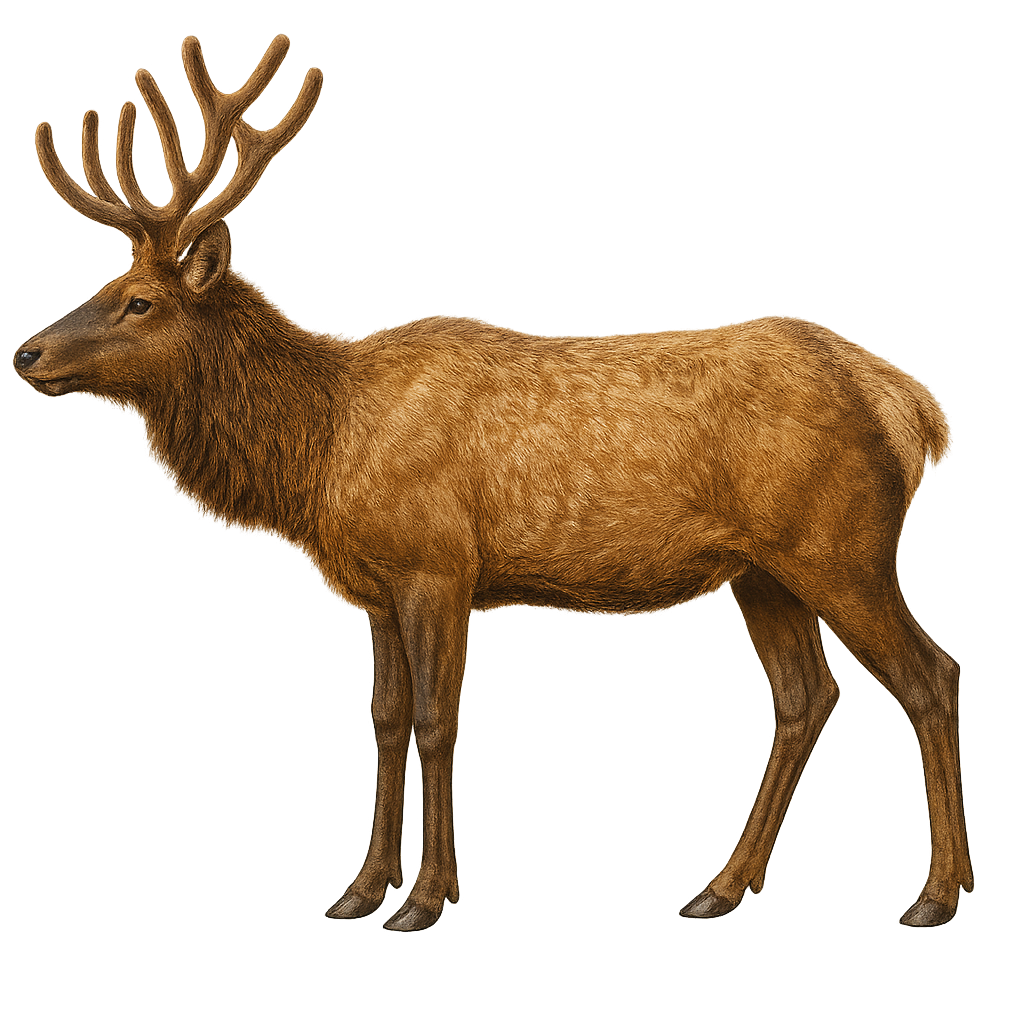Your wildlife photography guide.
Explore the altai wapiti in detail, study its behavior, prepare your shots.
Where to observe and photograph the altai wapiti in the wild
Learn where and when to spot the altai wapiti in the wild, how to identify the species based on distinctive features, and what natural environments it inhabits. The WildlifePhotographer app offers tailored photography tips that reflect the altai wapiti’s behavior, helping you capture better wildlife images. Explore the full species profile for key information including description, habitat, active periods, and approach techniques.
Altai Wapiti
Scientific name: Cervus canadensis xanthopygus

IUCN Status: Least Concern
Family: CERVIDAE
Group: Mammals
Sensitivity to human approach: Suspicious
Minimum approach distance: 50 m
Rut period: September to October
Gestation: 240-262 jours
Births: May to June
Habitat:
Coniferous forests, alpine meadows, river valleys
Activity period :
Active at dawn and dusk, ideal moments for observation.
Identification and description:
The Altai wapiti, or Cervus canadensis xanthopygus, is a subspecies of elk found primarily in the mountainous regions of the Altai in Central Asia. This majestic deer is recognizable by its light brown coat with darker shades on the back and legs. Males sport large branched antlers that they shed annually. They live in herds, often separated by gender, except during the rutting season when males join females. Their diet mainly consists of grasses, leaves, and young shoots. Adapted to harsh climates, they migrate seasonally to find food and optimal living conditions.
Recommended lens:
400 mm – adjust based on distance, desired framing (portrait or habitat), and approach conditions.
Photography tips:
To photograph the Altai wapiti, focus on the hours of sunrise and sunset when they are most active. Use a telephoto lens of at least 400mm to capture detailed images from a distance without disturbing their natural behavior. Be patient and discreet, blending into the environment to avoid scaring them. Opt for backlit shots to highlight the imposing silhouette of the males with their majestic antlers.
The WildlifePhotographer App is coming soon!
Be the first to explore the best nature spots, track rutting seasons, log your observations, and observe more wildlife.
Already 1 430 wildlife lovers subscribed worldwide

